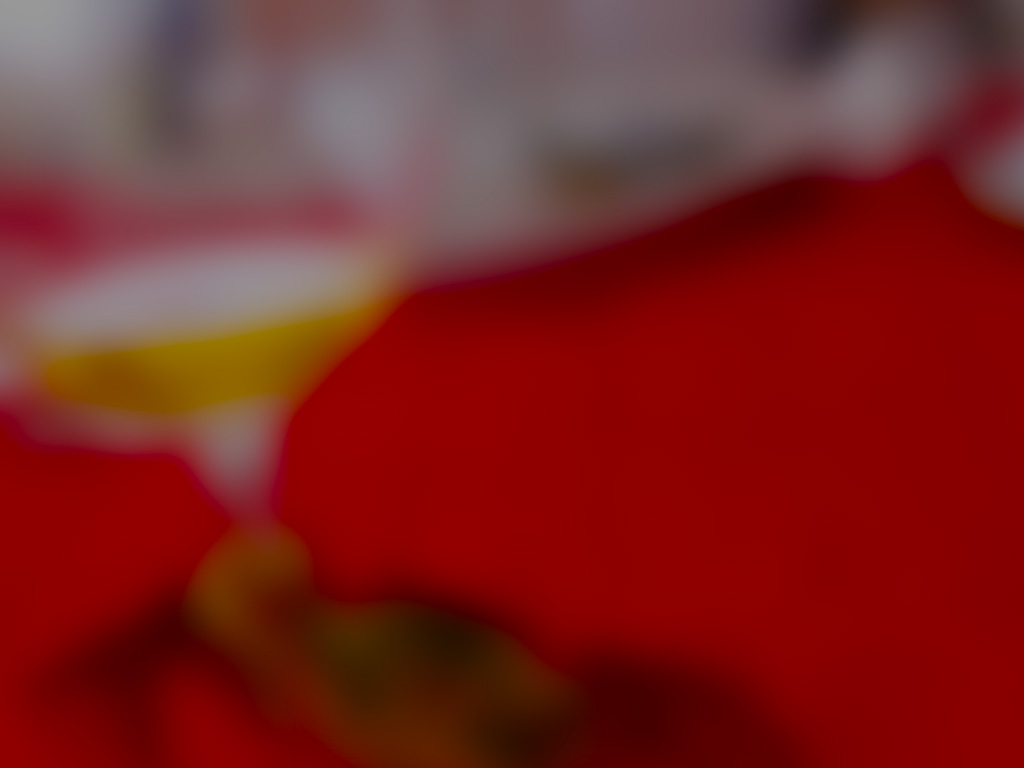Mas de Daumas Gassac
VISIT THIS PRODUCER'S WEBSITE
LOCATE ON GOOGLE MAPS
A CREAM IMPORT SELECTION
Country of Origin: France
Location: Aniane, Hérault
People: Guibert Family, Owners
Items
For many, this estate needs no introduction. Mas de Daumas Gassac has been a beacon of viniculture excellence for decades, situated near the charming village of Aniane in the majestic Gassac Valley. Often hailed as the Grand Cru of the Midi (South of France), the Mas de Daumas Gassac top-tier wines have achieved international cult status.
Aimé and Véronique Guibert purchased the estate in 1971. They began by planting 17,000 un-cloned Cabernet Sauvignon grafts under the guidance of their friend Professor Henri Enjalbert, a geologist specializing in the relationship between grapes and soil. He recognized the uniqueness of their terroir. The soil at Mas de Daumas Gassac is a rare, powder-fine, red glacial sandstone that is often found in the prime areas of Burgundy. At 500 meters, the estate enjoys a cool microclimate, influenced by the Gassac River, the Larzac Plateau, and several natural springs (from which the Guibert family drinks). All of this culminates into a thriving ecosystem for the vineyards.
The estate's first official vintage in 1978 marked the beginning of their remarkable journey. Renowned Oenologist Emile Peynaud (consultant to Château Margaux and Haut-Brion) advised classifying their wine as Vin de Table to allow for creative freedom. No longer hindered by regulations, their experimentation and hard work paid off as their 1982 red vintage was hailed by the magazine Gault&Millau as ‘Languedoc’s Château Lafite.' This acclaim not only elevated Mas de Daumas Gassac but also enhanced the reputation of the Languedoc region, which at the time was primarily known for producing low-quality wines.
Today, Aimé and Véronique’s sons Roman, Samuel, Gaël, Amélien & Basile Guibert, along with their spouses, continue the family’s legacy of producing exceptional wines while also expanding the estates offerings and promoting sustainable viticulture practices. The Guibert family’s passion for wine and commitment to excellence have been instrumental in solidifying Mas de Daumas Gassac's reputation as one of the finest estates in the Languedoc region.
Uniformity is the enemy of quality. Mas de Daumas Gassac embodies a living museum of rare (pre-1920s) and un-cloned vines sourced from global regions like Israel, Portugal, Switzerland, Armenia, Madeira, Georgia, Italy, and Spain. There are 50 grape varieties, 25 of which are obscure to the public. These “forgotten” varieties constitute the only collection of its kind in the world and tell a story that today is passed on through Mas de Daumas Gassac’s grand vins. The organically farmed vines span 52 small one-hectare, forest-enclosed plots nestled within the expansive 3,000-hectare (7,400-acre) protected forest. Respecting the wild beauty of the Gassac Valley and garrigue forest is of utmost importance to the Giubert family.

